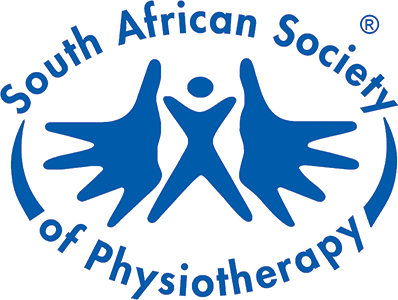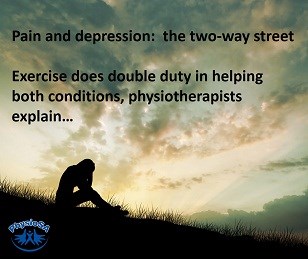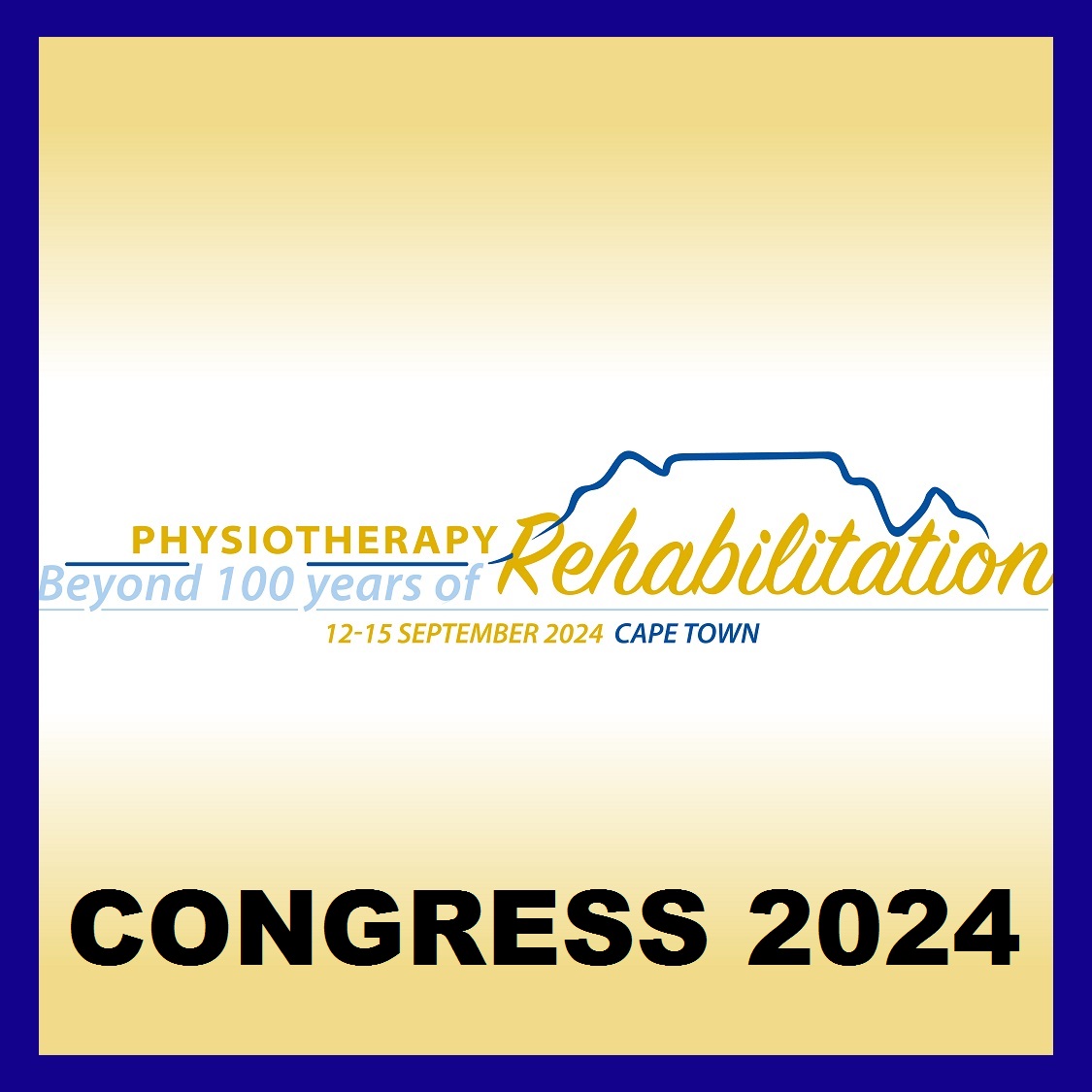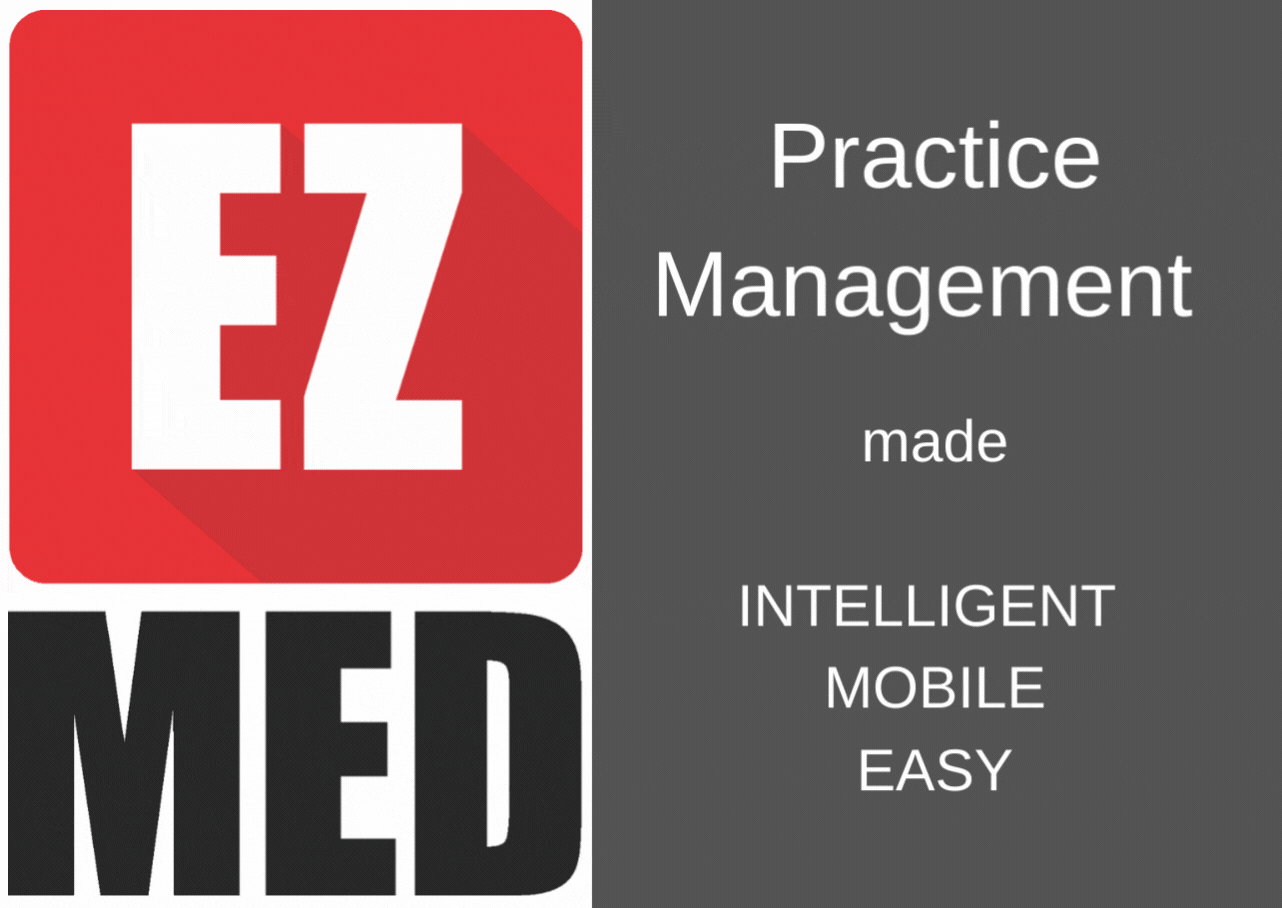Exercise does double duty in helping both conditions, physiotherapists explain
Depression is as real and debilitating a disorder as a compound fracture of the femur. So is chronic pain – and it’s time it got recognition for the impact it has on many lives, not only in terms of the physical sensation of pain, but also its impact on mental health.
Facts about chronic pain:
• Between one in four and one in five people (children and adults) have chronic pain – rising to one in three as we age.
• People with chronic pain have three times the risk of developing a mental disorder such as depression.
• People suffering from depression have three times the risk of developing chronic pain.
• Pain slows down your recovery from depression.
• Depression slows down your recovery from pain.
• Back pain, especially low back pain, is among the most common kinds of chronic pain, and carries a huge risk of serious psychological distress.
• Smoking increases your risk of any kind of pain and raises the likelihood of increased pain in the condition called fibromyalgia.
• Often, both chronic pain and depression are worse in January, following the disruptions natural during the festive season.
But here’s the good news!
Exercise helps for BOTH depression and pain, says Dr Ina Diener, president of the South African Society of Physiotherapy:
• A review of research published in the last thirty years showed that regular exercise improves mood in those with mild to moderate depression.
• 16 weeks of regular exercise shifted mood so much that nearly 70% of participants in a 1999 study were no longer classified as depressed.
• The effects of ongoing cardio-vascular exercise last longer than the effects of drugs for depression!
• A controlled, gradual programme of exercise (such as that prescribed by your physiotherapist) reduces the severity of low back pain episodes.
• Regular exercise improves joint function.
• Exercise conditions and strengthens your muscles, fighting osteoporosis, making you more physically competent and improving self-esteem.
Best exercises for chronic pain:
• Walking – about half an hour at least five times a week.
• Swimming – the buoyancy is great for sore muscles, and a heated pool eases stiffness.
• Gentle, controlled strength training using light weights.
• Mobilising and conditioning exercises prescribed by a physiotherapist.
Start now, and lay a great foundation for a less painful and more joyous new year.
To find a physiotherapist close to you who can advise on your chronic pain condition and provide a tailor-made programme of exercise, contact:
The South African Society of Physiotherapy
Website: www.saphysio.co.za
Tel: 011 6153170
Email: president@saphysio.co.za








